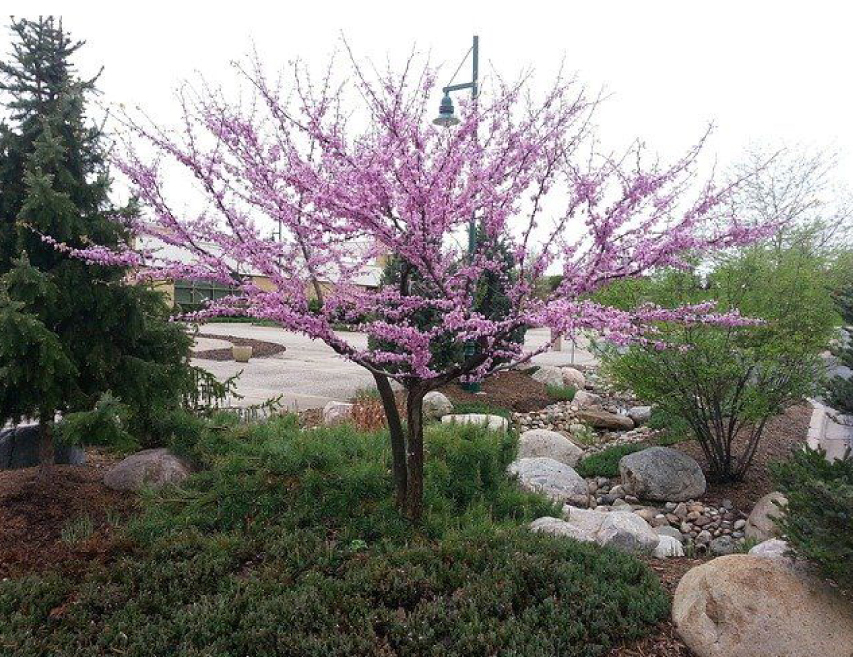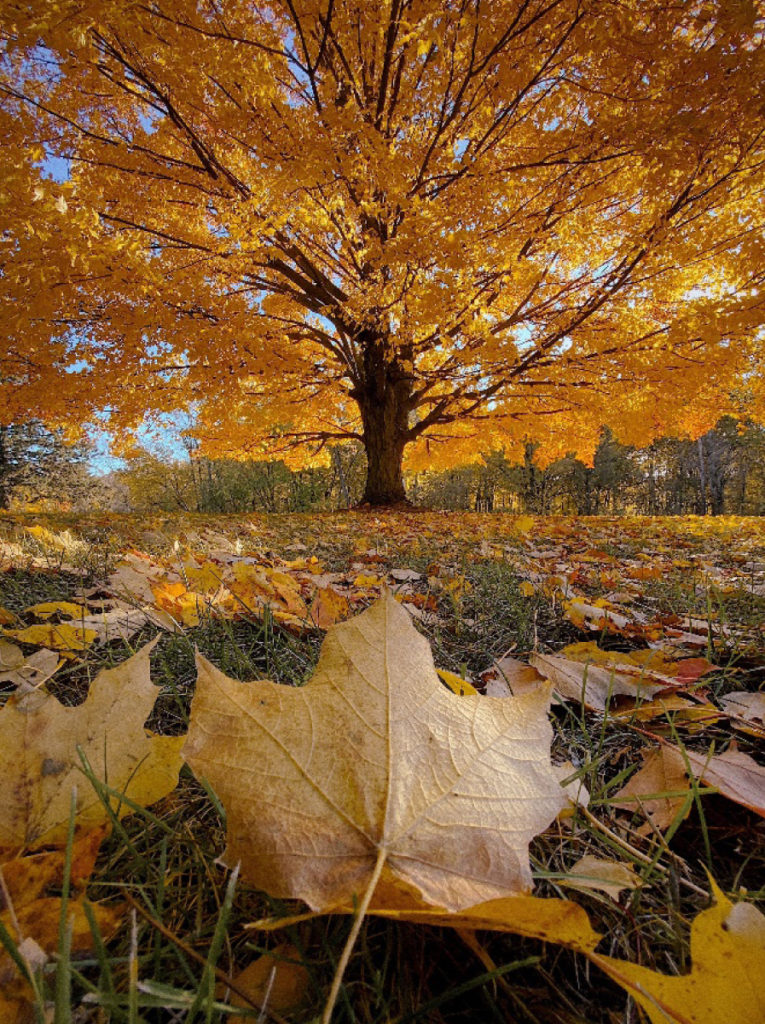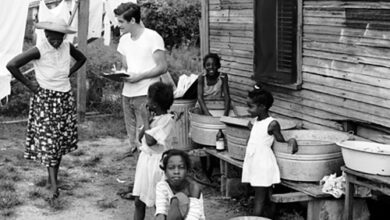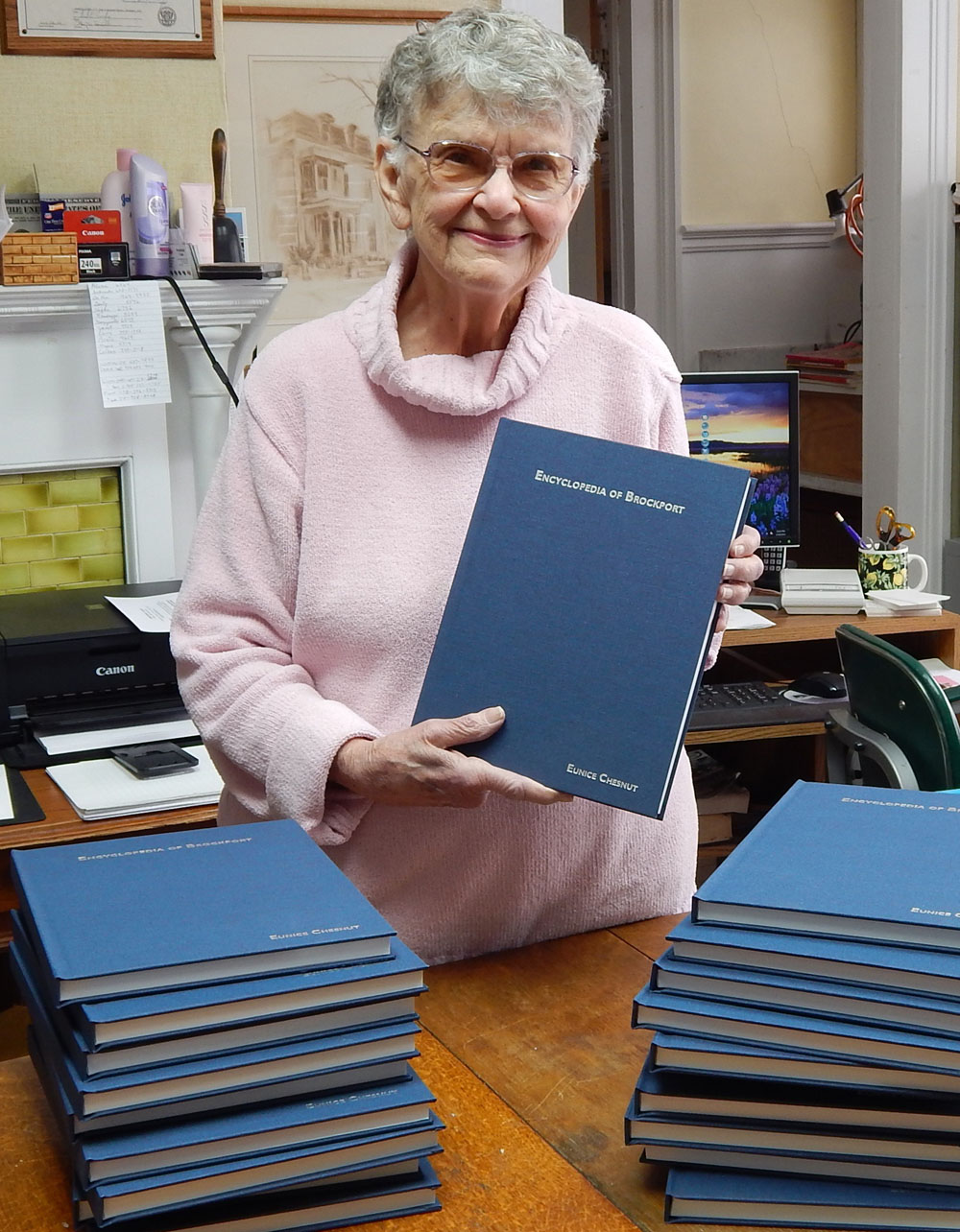Things to consider when planting trees

Trees do incredible things for the environment and for us. First, we all know that trees absorb carbon dioxide from the atmosphere and give off oxygen in exchange. In addition, trees help cool the atmosphere through transpiration and shading. Trees absorb pollutants from the air, provide habitat for some birds, food for other birds and animals, and provide timber and other wood products for us. And that’s just a few of the benefits we receive from trees.
Even though the celebrations for Earth Day and Arbor Day 2020 have passed, there is still time to honor both. Why not plant a tree this spring, and, possibly, a tree native to upstate New York? Before doing this, though, please make sure to consider both the choice and placement of the tree.

The first consideration is the siting of the tree. What is the exposure (is it windy or protected), what is the soil like (is it well-drained or does it get soggy at certain times of the year, what is the pH and texture of the soil), how much room is there for the tree to grow (both height and spread)? Once you have that information, you need to decide on which tree you’d like to plant. Next, consider what you want from the tree. Are you looking for shade or a smaller tree with beautiful flowers? Do you want to attract birds? There are many reasons to plant a tree, and some trees fit into more than one category. Listed below are several suggestions of some native trees, both large and small, and some ornamental trees that do well in our area. There are plenty of other trees from which to choose. A visit to your local nursery can provide you with plenty of suggestions. Try to purchase a tree that, if not grown nearby, was grown in an area with similar weather conditions to our part of the country.
Large native trees include Red Maple, Silver Maple, River Birch, Hackberry, Tuliptree, Blackgum, Swamp White Oak, and Northern Red Oak. Shadbush, Pagoda Dogwood, and Flowering Dogwood are among the smaller trees native to this area.
Some non-native shade trees that do well in this area are Red Horse Chestnut, Kastura Tree, Ginkgo, Thornless Honeylocust, London Planetree, Japanese Tree Lilac, and Littleleaf Linden. Non-native ornamental trees to consider include Redbud, Kousa Dogwood, Corneliancherry Dogwood, Hawthorn, Witchhazel, Crabapple, and Cherry.
Cornell Cooperative Extension of Monroe County has the Gardener’s Helpline, staffed by Master Gardeners. They are available to answer any questions you might have. The Helpline can be reached at 753-2555 or monroemg@cornell.edu. CCE Monroe also has a Diagnostic Clinic for processing soil samples and for pest diagnosis – insects, diseases, and weeds. The Clinic can be reached at 753-2553 or eab11@cornell.edu. Visit monroe.cce.cornell.edu for more information.
Provided information and photos





